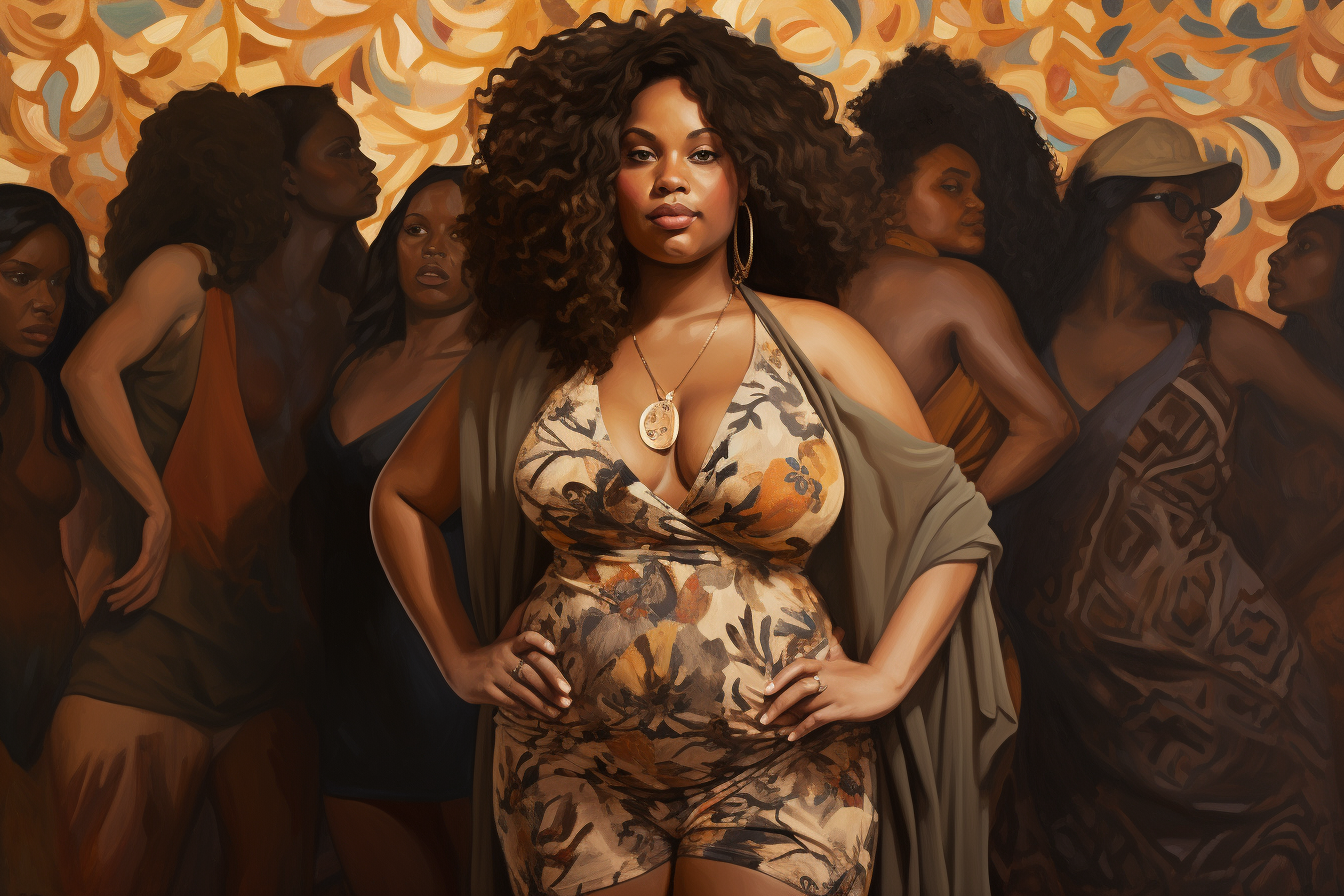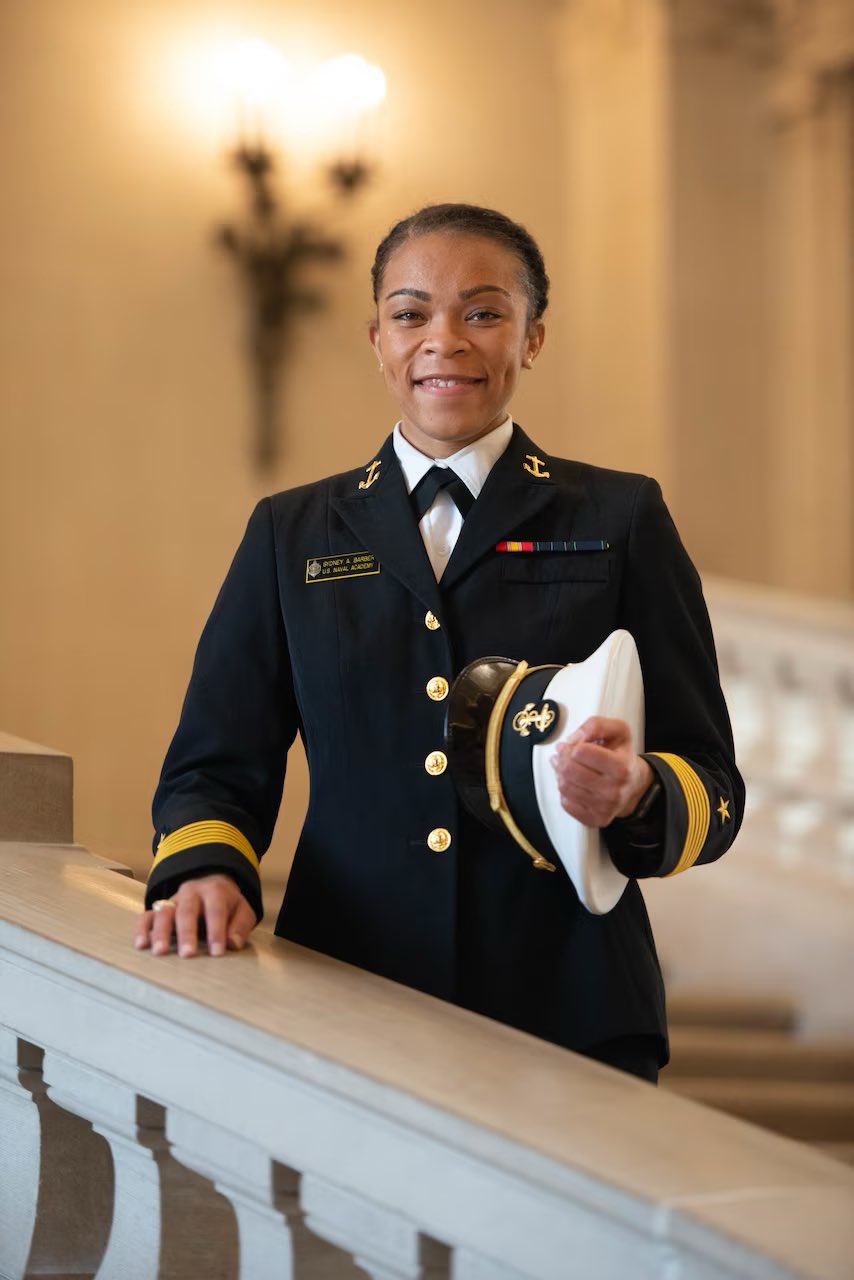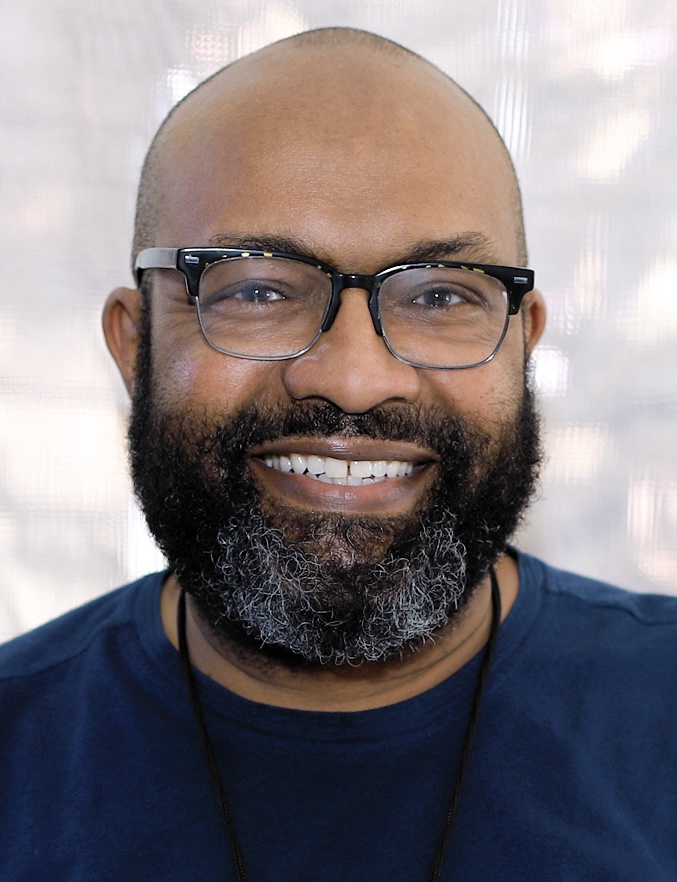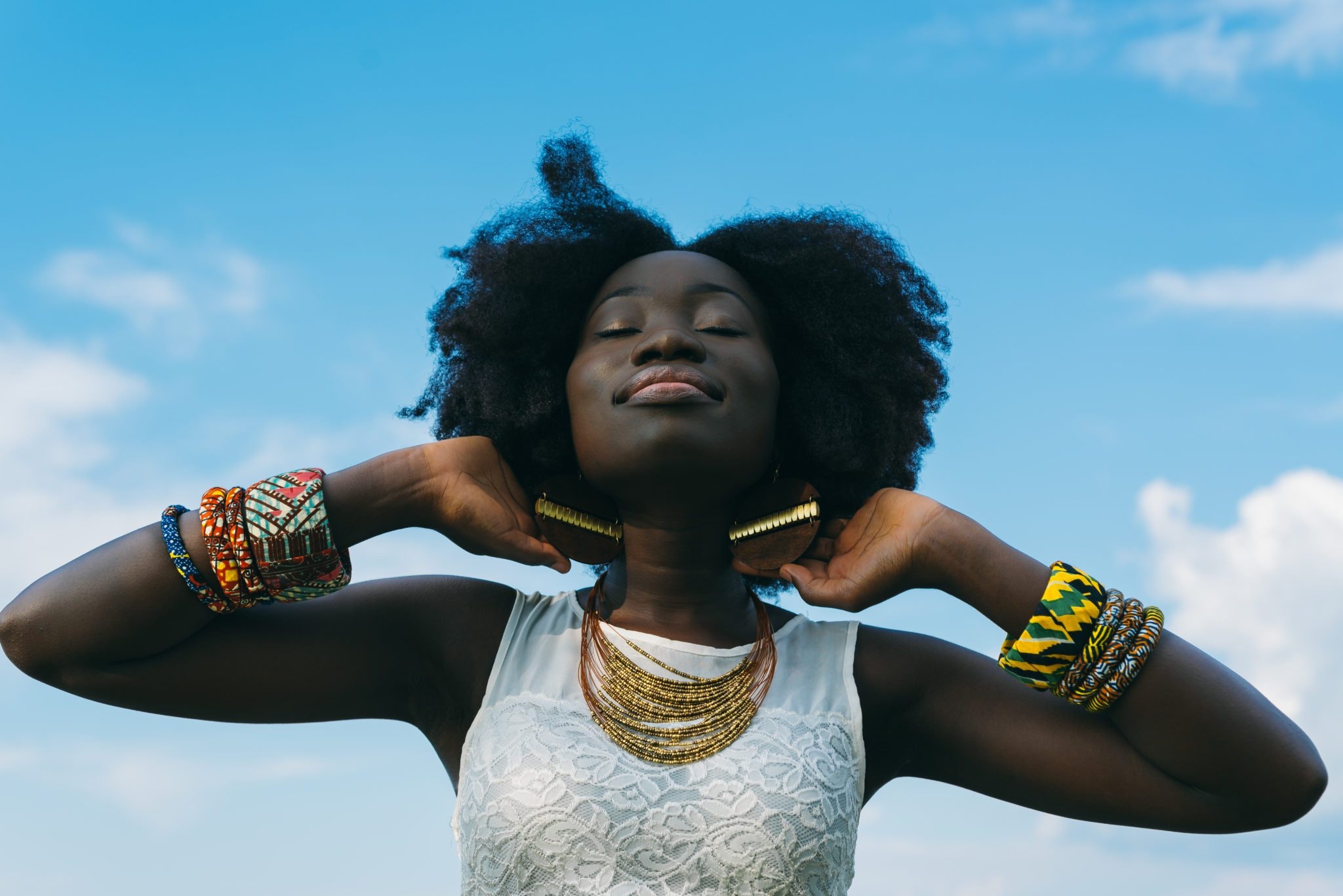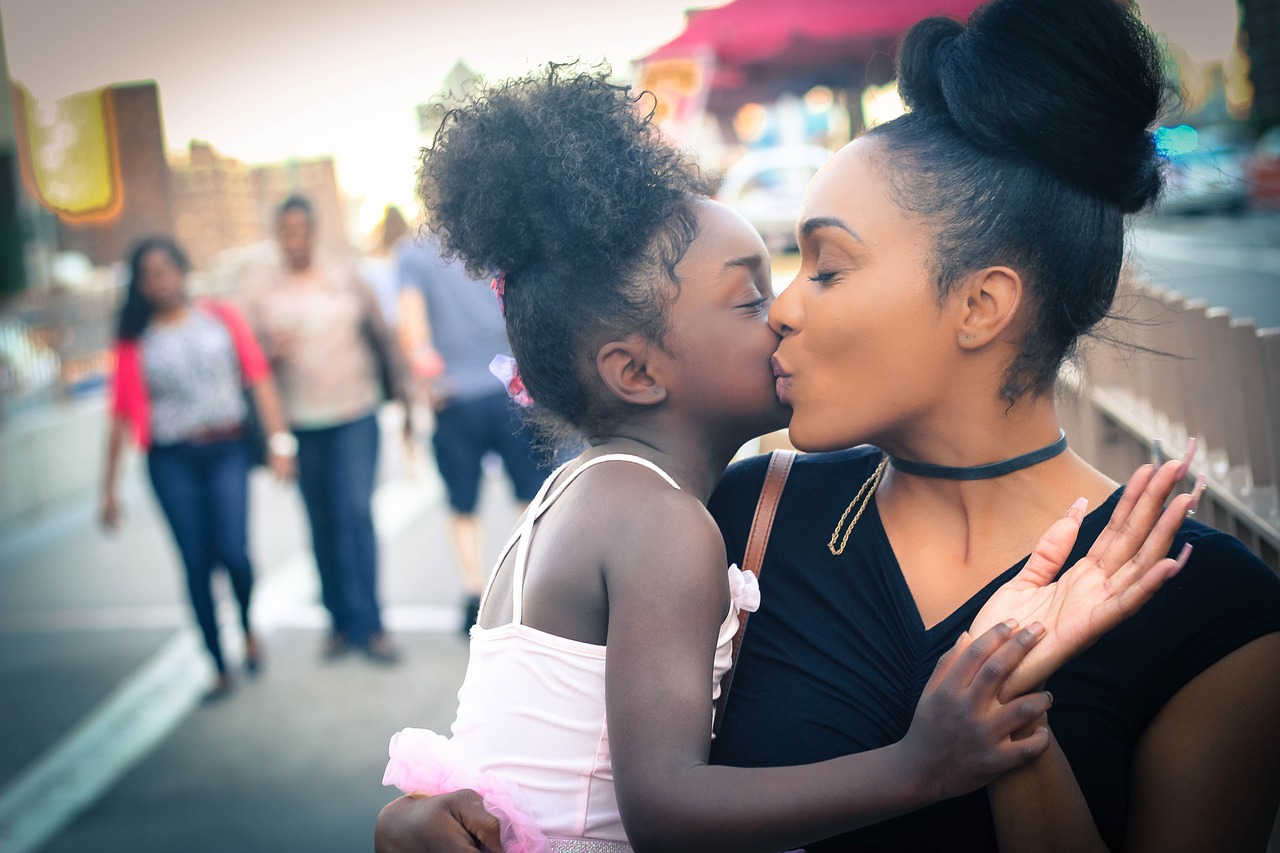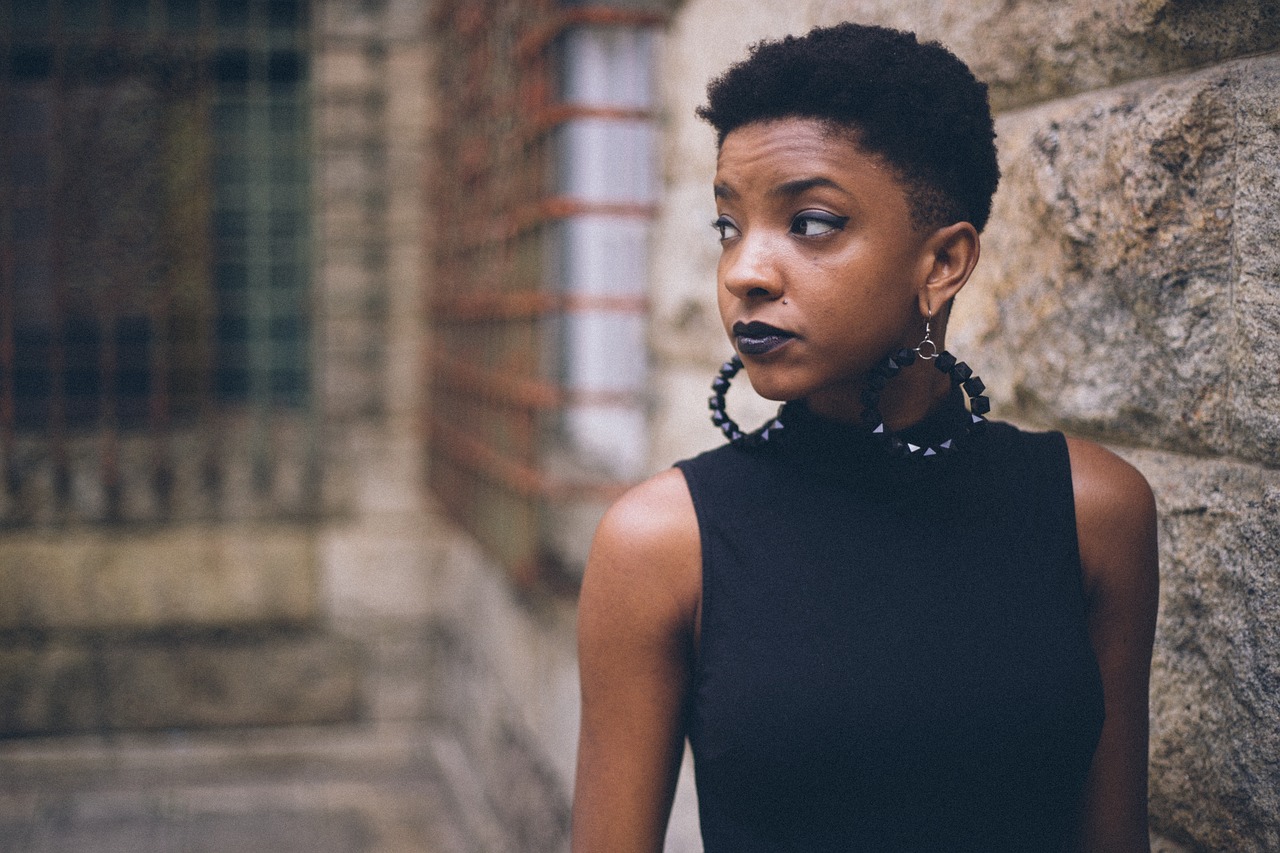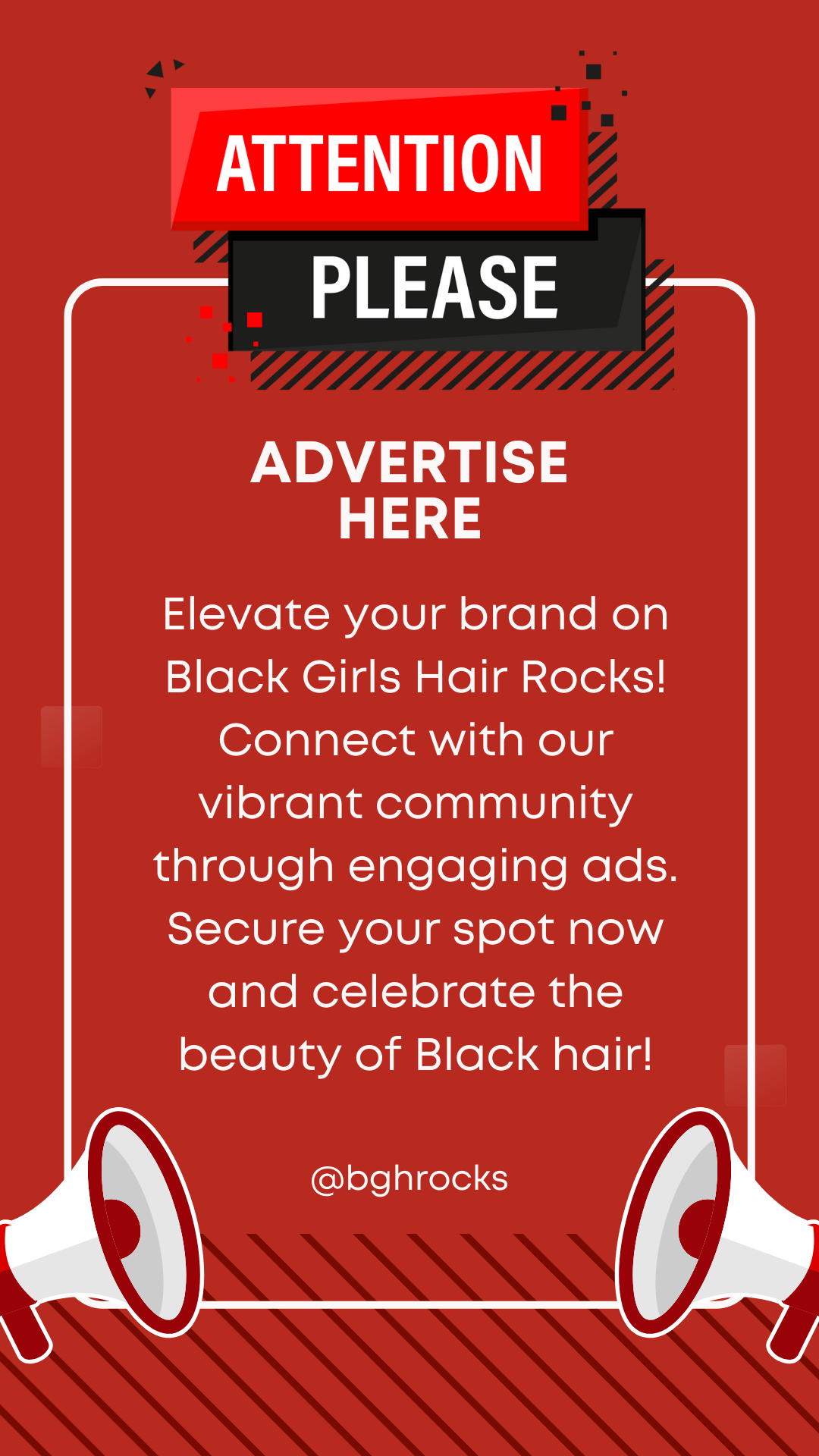The exploitation of black women on social media for the purposes of garnering likes and views

The exploitation of black women on social media for the purposes of garnering likes and…
Black Girls Hair RocksAugust 23, 2023

